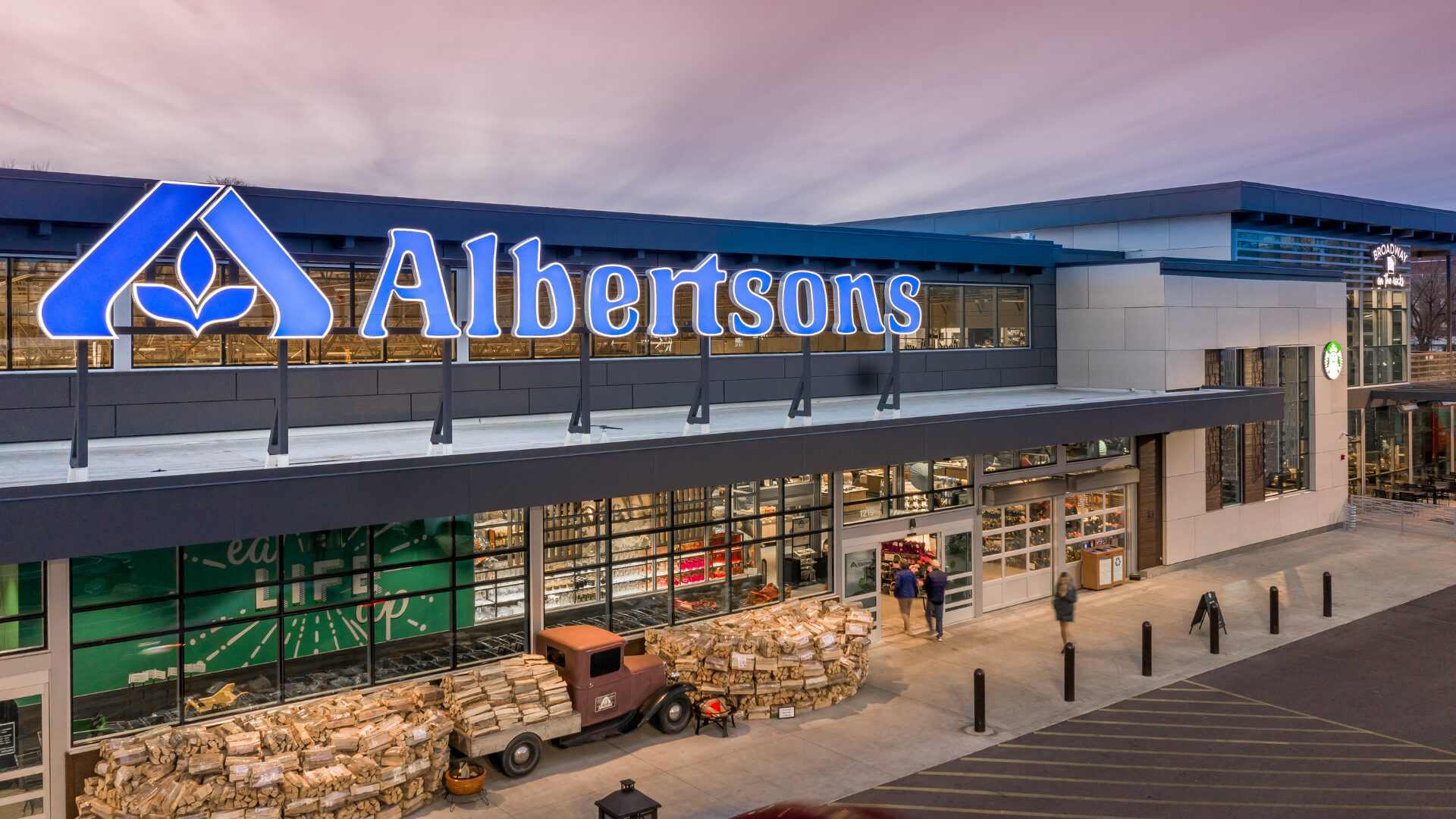So quickly do the tides of commerce, commercialism, and consumerism churn that the second wave of retail media networks is already upon grocers and retailers. AI acts as a catalyst for nascent and established technologies within different brands’ media networks, increasing efficiency and helping further winnow down consumer demographics and help craft singular, targeted ads that speak to shoppers’ mindsets, past purchases, seasonal habits, and predicted dwell time and spend.
And if you’re not in the game, you’re not in the money.
According to a recent report from eMarketer, 82% of U.S. advertisers plan to increase their spending levels with retail media networks this year; the largest windfalls should arrive in consumer electronics, beauty, jewelry, and – critically – CPG.
“As the industry grows, we should expect more retailers across all industries to build out their own retail media networks,” said Maren Kelly, vice president of marketing at PriceSpyder, to The Food Institute, “and we will most likely see smaller retailers looking to build these out as well.”
Last October, for instance, Aldi developed a new digital commerce platform with Spryker for its American e-commerce market as it also debuted a totally revamped website this September that focuses on the retailer’s grocery inventory and divided into staple items and high-frequency purchases such as deli, dairy and eggs, snacks, bakery, and more.
“The new digital commerce platform will offer grocery delivery or curbside pickup, providing yet another way for Aldi U.S. shoppers to save time and money,” said Scott Palton, Aldi’s vice president of national buying, to Winsight Grocery Business. Walmart has been doing gangbusters in grocery delivery while Target continues to enjoy robust returns from curbside delivery. Aldi now has both.
Hy-Vee and Sam’s Club Make Bold Moves
Midwestern retailer Hy-Vee recently launched its RedMedia omnichannel retail media network, saying that its diverse business portfolio will be able to provide more insights for marketers (and the companies whom they represent), describing the platform as a disruptor in the retail media space that will connect brands directly with Hy-Vee’s customers across multiple platforms.
Via the Hy-Vee RedMedia website, the company said its ROI on ad spend is “well above the national average” and that its “radical pay-per-conversion model is shaking up the industry, ensuring brands can spend their money more effectively and efficiently” as it meshes first-party customer data with data from prominent advertising firms, enabling brands to target shoppers across the omnichannel. In an interview with Forbes, Hy-Vee president of RedMedia Jason Farver said 80% of Hy-Vee’s customers are digitally engaged.
Sam’s Club also debuted new intrastore media technology with its new Media and Sales Performance Dashboard, “an integrated solution designed to serve as a central source of truth for campaign performance for the Sam’s Club Member Access Platform (MAP).” Per Progressive Grocer, the dashboard combines MAP campaign metrics with sales performance, “enabling advertisers to track media impact on business outcomes” and provide sponsored ads to consumers most likely to respond to them and also provide sales performance in a single interface.
Lori Johnshoy, head of global retail and CPG strategy at data collaboration platform, LiveRamp, told FI:
“As RMNs continue to evolve and gain traction, there’s a clear demand for tools and platforms that can provide advertisers with more actionable data on the effectiveness of their campaigns.”
Johnshoy elaborated. “Sam’s Club has been vocal about fostering trust with advertisers through the delivery of transparent and credible measurement. This latest development only confirms that commitment.”
Johnshoy said that as the retail media landscape matures, this type of cross-platform integration could become standard practice; When advertisers understand incremental sales lift delivered from media dollars, they’ll be informed on where to spend next.
Placer.ai recently noted that, though consumers visited Sam’s Club less in Q2 2023 than one year earlier, they spent between 5.9% and 9.7% more time in-store during each trip, indicating that today’s consumers are willing to linger and increase dwell time in order to cut costs, cut visits, and browse for value.
Rideshare and Delivery Media Networks
Though media networks in retail first broke the mold and continue to evolve, adjacent industries such as rideshare and delivery are not far behind. New verticals are nigh.
“Retail media 1.0 was all about search-driven ecommerce for traditional retailers (i.e. big box and grocery stores),” said Johnshoy to FI.
“The next frontier will see non-traditional retailers and adjacent industries, like rideshare and food delivery services, duplicate this model. The wealth of first-party and loyalty data, coupled with deep behavioral insights, make these sectors poised to capitalize on the power of media networks.
“The future of media networks in retail and beyond hinges on the ability for partners to collaborate to create a more holistic view of customers, curb media waste, and enhance ROI by directly tying ad impressions to sales.”












